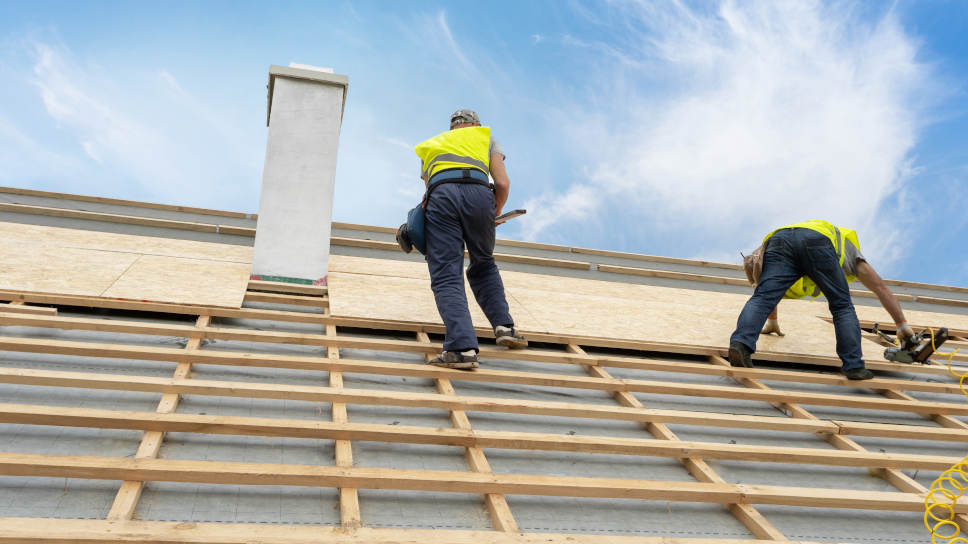What should I use to insulate my chimney?
Chimneys in detached houses are usually made of ceramic brick, face brick, clinker brick or structural clay tile. This is the most durable solution which ensures stability of the loaded structure. Chimneys are led from foundations, through the shaft and the chimney cowl, to roof work.
Chimney insulation improves its draught, so it is worth carrying out. It is important to select appropriate materials. What do I need to insulate the chimney above the roof? Expanded polystyrene and mineral wool are well-known and effective materials to be used for this purpose. These are, however, quite troublesome in terms of installation. It is hard to fit them into inaccessible places, which results in thermal bridges and unwanted heat escape from the house interior. Currently, polyurethane foam insulation around chimneys is becoming more and more popular; due to its thermal insulation properties, it performs its function perfectly.
See also how to insulate a sloping roof with polyurethane foam.
How to insulate a chimney?
Chimney insulation should be located along its entire length. Temperature differences inside the chimney, e.g. cooler in the attic, warmer in the room, may result in condensation and, consequently, damage to the chimney. It is therefore advisable to insulate the chimney above the roof. The higher the house, the more exposed to cold the chimney is.
When planning chimney insulation, have its technical condition checked. It is important to inspect the area where the chimney joins to the roof. Even small faults can lead to leaks and dampness. It is worth paying attention to, as renovation of this part of the house is difficult, expensive and labour-intensive.
In order to protect the chimney insulation effectively from damage, after the foam application the roof foil is used, laid over the battens and fixed with the chimney sweep's tape. Next, the roof covering is laid. If it is a roofing tile, then the space between the end of the battens and the chimney must be kept free and filled with chimney flashing tape. This will ensure that the chimney foam will perform its function and will not be damaged.
Insulating a chimney with PUR foam - advantages
PUR foam at the chimney, e.g. Purios H closed-cell foam , is one of the best available thermal insulation solutions. The material increases its volume several times, reaching even inaccessible gaps. It forms a durable and tight layer, which protects chimney against moisture and frost. The foam application is easy and fast. The product adheres perfectly to any surface and dries in no time.
The foam around the chimney minimises thermal bridges and reduces the level of heat escaping the house. It is resistant to a wide range of temperatures and protects against fungal and mould growth. It also strengthens the chimney structure and protects it permanently. Chimney insulation with polyurethane foam is one of the most effective thermal insulators to be found on the construction market.
Due to the nature of the product, as PUR foam is not a high-precision material, finishing with external materials (clinker, stone slabs, plaster) can be applied to allow the owner to aesthetically finish the chimney.

 This website uses cookies. By using this website, you consent to the use of cookies in accordance with your browser settings.
This website uses cookies. By using this website, you consent to the use of cookies in accordance with your browser settings.